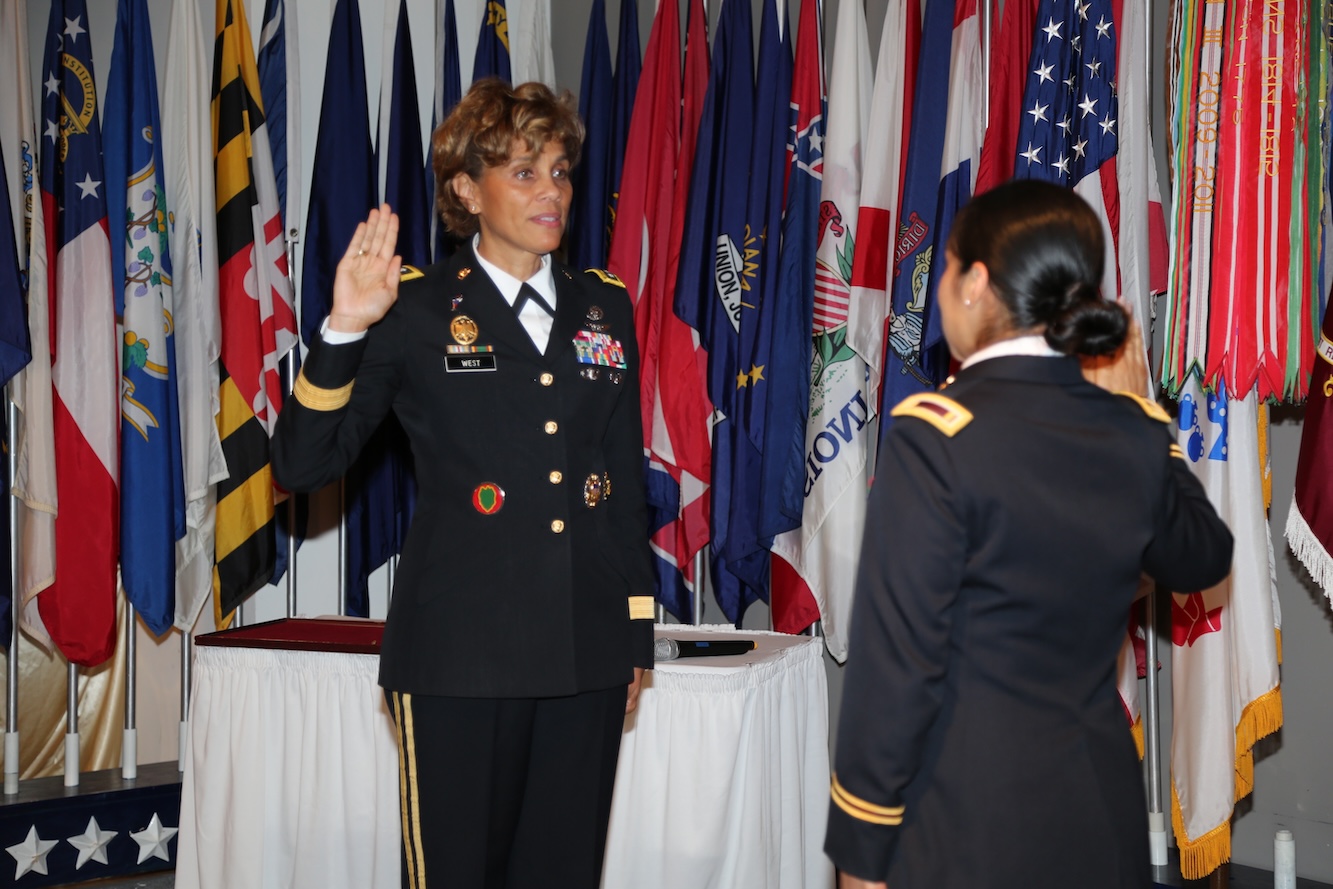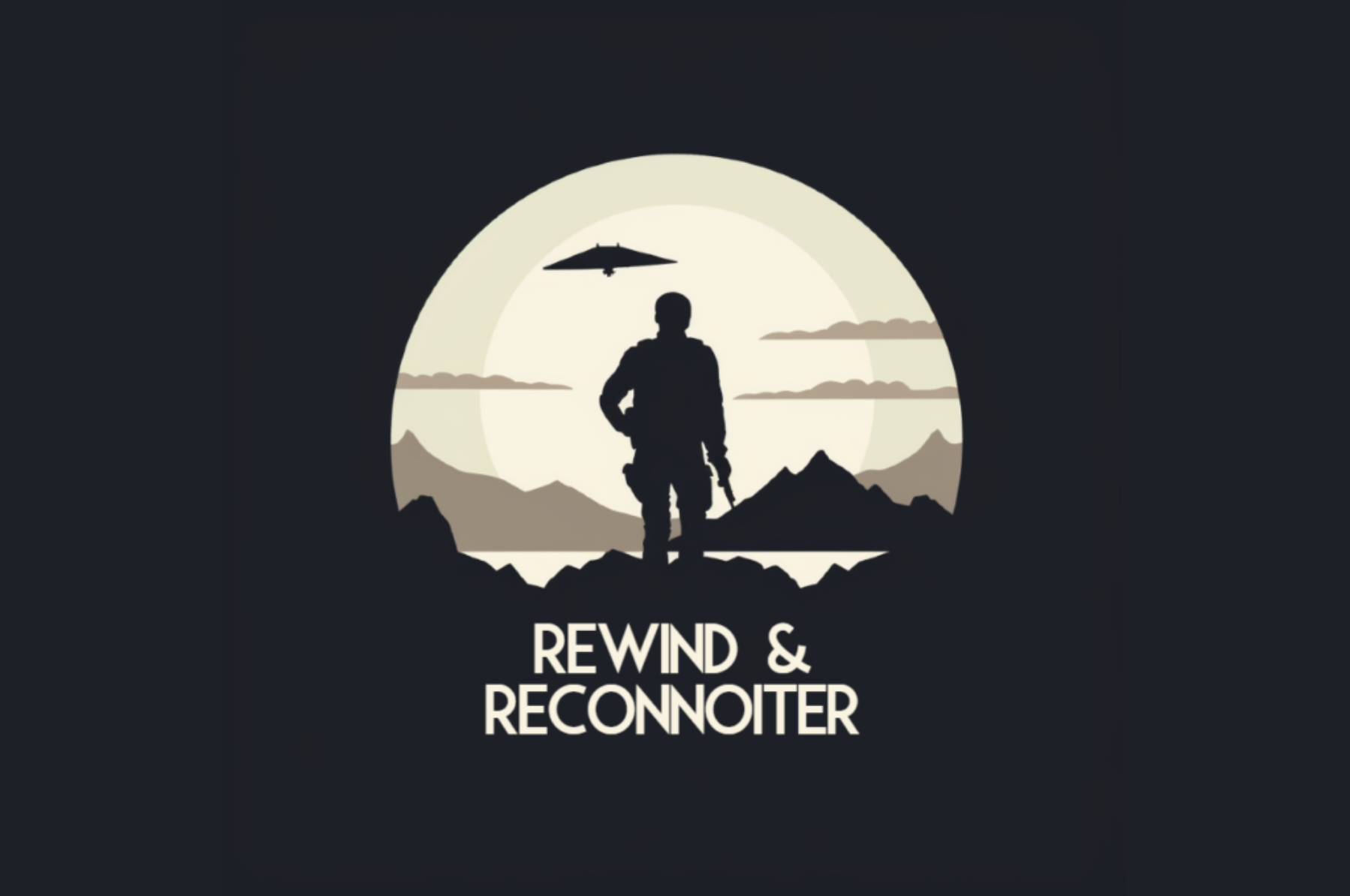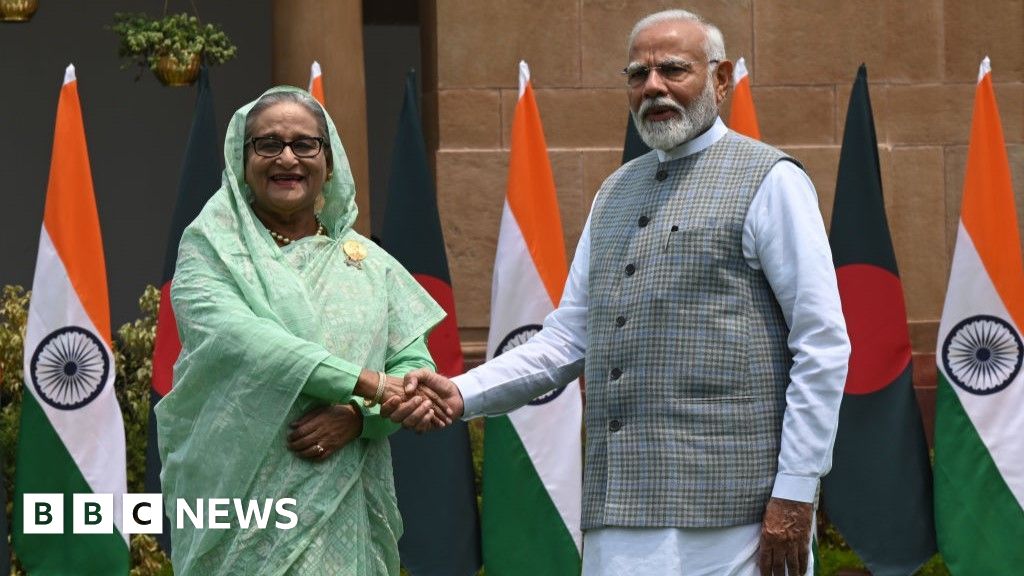Keeping the “Best and Brightest” Junior Officers in the U.S. Military
How would our world be different if Douglas MacArthur, Chester Nimitz, John Lejeune, and Edwin “Buzz” Aldrin had resigned after five or 10 years in uniform? As junior officers, they all likely knew they were among their peer group’s “best and brightest.” Thankfully, even though talent has options, they all chose to remain in the military for a career. Subsequently, the Allies won World War II, and the United States walked on the moon. A recent empirical analysis of West Point-commissioned officers, based on data collected in 2013, used separate performance indicators to identify officers who qualified as “best” and The post Keeping the “Best and Brightest” Junior Officers in the U.S. Military appeared first on War on the Rocks.

How would our world be different if Douglas MacArthur, Chester Nimitz, John Lejeune, and Edwin “Buzz” Aldrin had resigned after five or 10 years in uniform? As junior officers, they all likely knew they were among their peer group’s “best and brightest.” Thankfully, even though talent has options, they all chose to remain in the military for a career. Subsequently, the Allies won World War II, and the United States walked on the moon. A recent empirical analysis of West Point-commissioned officers, based on data collected in 2013, used separate performance indicators to identify officers who qualified as “best” and
The post Keeping the “Best and Brightest” Junior Officers in the U.S. Military appeared first on War on the Rocks.















